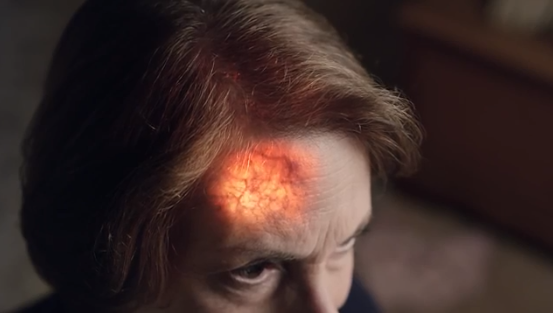Treatment
NHS
Treatment for atrial fibrillation
If you have been diagnosed with atrial fibrillation, you will have regular check-ups to make sure your symptoms are under control.
You may be given medicine to:
- control the rate and rhythm of your heart, such as beta blockers
- lower the risk of blood clots or stroke (anticoagulants)
Other possible treatments for atrial fibrillation include:
- surgery to burn or freeze a section of the heart (ablation)
- using electricity to reset your heart rhythm (electrical cardioversion)
- having a pacemaker or implantable cardioverter defibrillator (ICD) fitted
Sometimes atrial fibrillation can be caused by another health condition or medicine. In these cases, treating the condition or stopping the medicine can improve the symptoms.
More about treatments
- British Heart Foundation: anti-arrhythmics
- Arrhythmia Alliance: Atrial fibrillation (AF) drug information (PDF only, 1.88MB)
- NHS medicines A to Z: find your medicine
- British Heart Foundation: ablation
- British Heart Foundation: cardioversion











































































